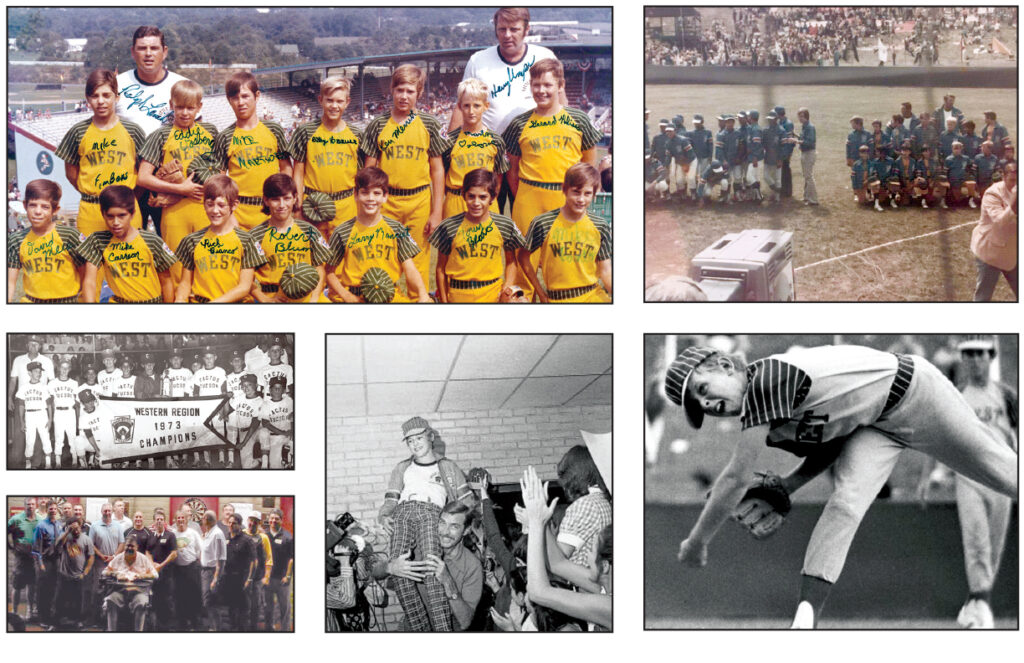Cactus Little League 1973 All-Star Team

If someone in Hollywood produced a movie about Cactus Little League All-Stars’ epic rise to the 1973 Little League World Series championship game, a fitting title would be “From 29th Street to the White House.’’
The 12-year-old Cactus Little League All-Stars, whose teams were sponsored by Adair Funeral Home, Beaver’s Band Box, and other modest Tucson businesses, began the season in anonymity at small-time Freedom Park on 29th Street. Four months later the team was inside the White House, sharing small talk with President Richard Nixon.
“We proved we were the best Little League team in the United States,’’ said coach Ralph Lanik, a Tucson electrician. “You get kids like that once in a lifetime.’’
To get to the nationally televised world championship game in Williamsport, Pennsylvania, the Cactus All-Stars had to win 12 consecutive elimination games, loser-goes-home. But Lanik’s team didn’t go home. It went from Tucson to Phoenix to San Bernardino, California, to Williamsport to Washington D.C.
When they returned to Tucson in late August 1973, they were greeted by 2,000 people at the Tucson Airport, including the Pride of Arizona Marching Band and UA cheerleaders.
Cactus won the USA championship, beating teams from New York and Michigan 4-0 and 8-1 behind the superb pitching of Mike Fimbers and Ed Vosberg.
The compelling story was how a team of modest means won the American championship. The boundaries for the Cactus Little League were middle class if that. The league extends to Alvernon Way on the west, Swan Road to the east and Speedway Boulevard to the north.
Most of the Cactus League players attended Lineweaver Elementary School, on South Columbus Boulevard, or Howell Elementary School, on East Fifth Street near Columbus.
Lanik’s club wasn’t without talent. Pitcher-first baseman Ed Vosberg became an All-State pitcher at Salpointe Catholic High School, an All-Pac-10 pitcher at Arizona, and played in 266 big-league games, including appearances in the 1997 World Series for the Florida Marlins.
Leadoff hitter David Mees, a second baseman, played at Pima College and McNeese State. Outfielder Mike Carreon, son of ex-MLB catcher Cam Carreon and brother of eight-year MLB outfielder Mark Carreon, was also a special talent.
But it might’ve been that Fimbers was the club’s ace. He pitched two no-hitters in the 12 elimination games en route to the World Series championship game, and two more shutouts. Vosberg also pitched a no-hitter and two shutouts. Fimbers’s arm injury prevented him from pitching in high school and beyond.
Other starters included shortstop Mike Martinez, catcher Gerard Pahissa, and outfielders Ken Merritt and Tony Bravo.
Before the Cactus All-Star’s odyssey ended, they were featured in a TV commercial for Hertz, flew to the White House a day after their loss to Taiwan to meet President Nixon and his family, and were guests of the Baltimore Orioles at a baseball game.
“It was so fun,’’ said Vosberg. “None of us had ever flown in a plane before. They are among the fondest memories of my entire baseball career.’’

